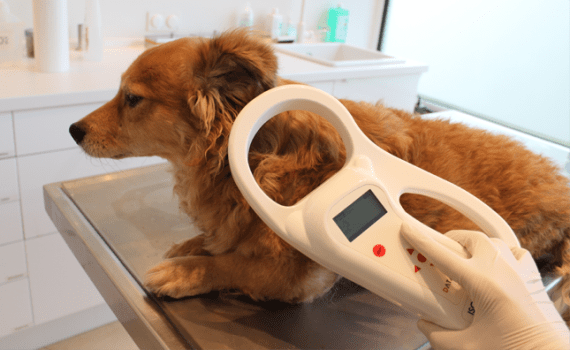
Microchip Technologies for Your Pet
Microchip Technologies for Your Pet
A Small Chip, with a Big Impact
Our pets are an important part of our family. We take important steps to keep them healthy and safe. Diet, exercise, registering them and keeping their tags up to date are all small steps that add up to safeguard our beloved pets. Now, thanks to technology, we can take our efforts one step further with microchip technologies.
What is a pet tracking microchip?
Microchip technology now allows a vet or trained technician to insert a small chip, no bigger than a grain of rice, subcutaneously (under the skin) of your pet. Often located near or between their shoulders, this chip, unlike collars or their tags, won’t fall off or get lost. This technology has become so influential that the American Animal Hospital Association has created a national database for tracking these chips.
We now have options when it comes to choosing the right microchip for our unique needs. These chips are radio frequency transmitters. Which are comprised of a few simple working parts to ensure a longer life cycle.
Plain and Simple
The first generation of pet microchips provided a simple function. Providing rescuers and people who find lost pets a means of easily locating and contacting the pets family. These are the most affordable and are offered by many veterinarians. Simply put, the microchip contains an ID. A matching record is created with your contact information in the manufacturers database.
Different chips may use different radio frequencies. But don’t fret — most vets, rescues, and shelters carry scanners that read microchips from different manufacturers. If you plan on traveling outside of the country you may need to check with the manufacturer first, in-case you may need a different chip. If you are remaining in the US and need to update information on your chip – contact the manufacturer rather than implanting a secondary microchip.